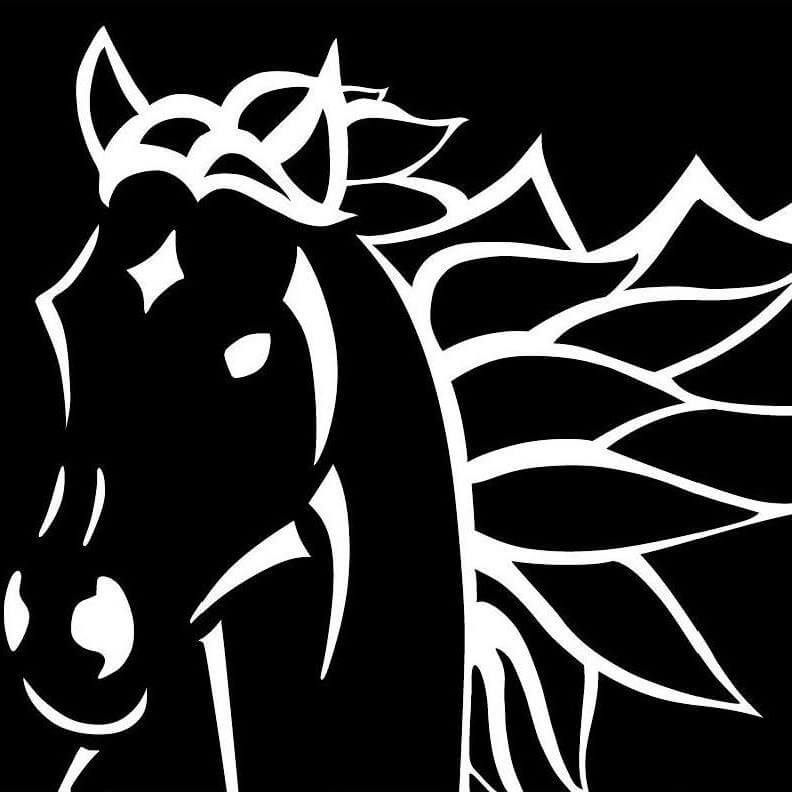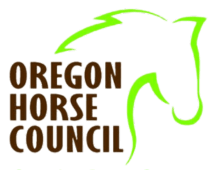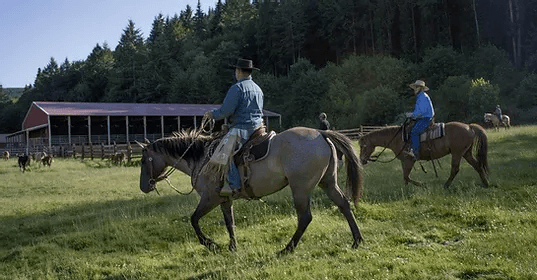Once again, Mother Nature has brought our summer to an end. We have started the oscillation between rain and sun western Oregon is so well known for, and the result of this phenomena is lush green grass in our pastures. The autumn weather transition is just like spring in reverse and just like spring, our first instinct is to get our horses out on that beautiful green pasture. But, if not done properly, that luscious fall grass can cause more harm than good.
Sugar is a hidden danger lurking in your pasture. The beautiful Willamette Valley grass contains a large amount of sugar in both spring and fall. This is because many of the grasses in the Willamette Valley are cool-season grasses. Cool season grass stores sugar in a way that doesn’t place a limit on the total amount of sugar that can be stored in the plant. Horses turned out on these types of grasses (tall fescue, timothy, and orchard) are at risk of consuming large amounts of sugar. Peak sugar producing hours are from late morning to late afternoon. Often this is the prime time that horses are turned out to graze. The high sugar content in the grass puts them at risk for certain health conditions. We will discuss 2 of them here:
1. Gas Colic Drastic changes to the gut flora of horses can occur when large amounts of a different feed, such as green pasture grass, are consumed at a fast rate. The high sugar in the grass enables the microbes in the hind gut to go into fermentation overdrive. One of the byproducts of fermentation is gas. Gas production can cause the large intestine to expand, creating a painful and potentially serious health condition. Any form of abdominal pain is known as colic. Colic in any of its forms is a life-threatening emergency and your veterinarian should be contacted immediately!
Gas colic is often treated with pain management, hydration, a muscle relaxant, laxative or surfactant and the tincture of time. This allows the horse to relax and the gas passes through the digestive tract to exit the body. Untreated, colic pain can cause the horse to harm itself by rolling or throwing itself aggressively on the ground. I have seen painful horses end up cast in their stalls, rolling into fences or causing large cuts and abrasions due to the pain of colic. Additionally, the gas can allow the large intestine to move into the abdominal cavity. This can lead to the large intestine cutting the blood supply off to other parts of the intestine and/or a twisting (volvulus) of the large intestine. Both conditions are surgical and require immediate evaluation by your veterinarian.
2. Laminitis Another by-product of the fermentation process in the large intestine is acid. The production of these acids leads to a pH change in the intestine. This can cause a large die-off of certain types of bacteria in the large intestine. When these bacteria die, they release several toxins into the bloodstream of the horse. These toxins cause the lamina of the hooves to break down. The lamina is a Velcro-like structure that suspends the coffin bone inside the hoof capsule. When this occurs, the coffin bone is able to rotate downwards and/or sink in the hoof capsule, causing severe pain and lameness. The inflammation and breakdown of the lamina is called laminitis. Rotation of the coffin bone is considered foundering. If a horse is suffering from acute laminitis, they will show signs of lameness, typically on their front feet. Often these horses will rock back on the heels of their front feet. This is known as a rocking horse or sawhorse stance. Their hoof walls will be warm to the touch, their digital pulses will be bounding, and they will be reluctant to stand with one foot off the ground. These conditions can be life-threatening, and your veterinarian should be contacted immediately.
Factors that put horses at higher risk for laminitis are: 1) previously having laminitis 2) having known metabolic conditions such as Insulin-Resistance, Cushing’s and/or 3) being overweight with a high body condition score (BCS). If you are concerned your horse may be at risk, consult your veterinarian and ask what the best protocol is for turning your horse out on grass. Starting horses with a set amount of time, usually around 30 minutes, is suggested introduction for healthy horses who are not consistently kept on grass year-round. Slowly increase their time on grass by 30 minutes once a week. This will give their GI tract enough time to adapt to this feed change with minimal risk of consequences. During this introduction period, monitor them for signs of colic and laminitis. At risk horses should only be turned out between 5 and 10am in the morning due to the higher sugar content found in afternoon grass. Ideally horses with known conditions or a history of laminitis should be kept on a dry lot and be fed a diet that is low in sugar and high in fiber with most of the calories coming from a fat source. If this is not possible, minimal turn out during low production hours (early morning) can be allowed with the addition of a grazing muzzle. Adjustments should be made accordingly per horse (meeting their individual needs). As always, ask your veterinarian if you have any questions or concerns.
I hope that everyone has a safe and productive autumn. The Pacific Northwest is a beautiful place to enjoy fall colors in rain or sunshine. Cascadia Equine is hopeful that you will find some time to get out there and enjoy your horses.
By Chris Wickliffe, DVM

Cascadia Equine Veterinary Clinic was founded in 2007 by Dr. Chris Wickliffe. The clinic services the Willamette Valley from Keizer to Junction City and from the Coast to the Cascades. The clinic was fully mobile until the spring of 2021 when the Tangent facility was opened. Cascadia Equine currently has three veterinarians on staff, Dr. Chris Wickliffe, Dr. Kelsey Palsgaard and Dr. Sera Moran. Cascadia Equine has dual services whether you need fully mobile services stall side or can haul into the Tangent Clinic. Services include motorized dental floats, lameness exams, radiographs, ultrasounds, pre-purchase exams, reproduction services, therapeutic treatments and much more. Call or text 541-207-8308 to schedule your appointment today.

